Government Initiatives and Support
Government initiatives and support for fertility treatments significantly influence the Ovulation Inducing Drug Market. Many countries are recognizing the importance of addressing infertility as a public health issue and are implementing policies to improve access to fertility services. This includes funding for research, subsidies for fertility treatments, and public awareness campaigns. Such initiatives not only enhance the accessibility of ovulation-inducing drugs but also encourage individuals to seek treatment. For example, some governments have introduced regulations that mandate insurance coverage for fertility treatments, further driving market growth. As these supportive measures continue to evolve, they are likely to create a more favorable environment for the Ovulation Inducing Drug Market.
Increasing Incidence of Infertility
The rising incidence of infertility is a pivotal driver for the Ovulation Inducing Drug Market. Factors such as delayed marriages, lifestyle changes, and environmental influences contribute to this trend. According to recent statistics, approximately 10-15% of couples experience infertility, which has led to a heightened demand for fertility treatments. This growing prevalence of infertility conditions necessitates the use of ovulation-inducing drugs, thereby propelling market growth. As more individuals seek assistance in conceiving, pharmaceutical companies are likely to invest in research and development to create innovative solutions. The increasing awareness surrounding fertility issues further amplifies the need for effective ovulation induction therapies, making this a critical driver in the Ovulation Inducing Drug Market.
Rising Demand for Fertility Treatments
The rising demand for fertility treatments is a significant driver of the Ovulation Inducing Drug Market. As societal norms shift and more individuals prioritize career and personal development, the age of first-time parents has increased. This trend has resulted in a greater need for fertility assistance, including ovulation induction therapies. Market analysis suggests that the fertility treatment market is projected to grow substantially, with a compound annual growth rate (CAGR) of around 8% over the next few years. This surge in demand is prompting healthcare providers to offer a wider range of fertility solutions, including ovulation-inducing drugs. Consequently, pharmaceutical companies are likely to respond by expanding their product portfolios to meet the evolving needs of patients in the Ovulation Inducing Drug Market.
Technological Advancements in Drug Development
Technological advancements in drug development play a crucial role in shaping the Ovulation Inducing Drug Market. Innovations in biotechnology and pharmacology have led to the creation of more effective and targeted ovulation-inducing medications. For instance, the development of recombinant hormones and novel delivery systems has improved the efficacy and safety profiles of these drugs. Market data indicates that the introduction of new formulations and combination therapies is expected to enhance treatment outcomes for patients. Furthermore, the integration of artificial intelligence in drug discovery processes may streamline the development of new ovulation-inducing agents. As these technologies continue to evolve, they are likely to drive competition and growth within the Ovulation Inducing Drug Market.
Growing Acceptance of Assisted Reproductive Technologies
The growing acceptance of assisted reproductive technologies (ART) is a key driver for the Ovulation Inducing Drug Market. As societal attitudes towards fertility treatments evolve, more individuals are willing to explore options such as in vitro fertilization (IVF) and ovulation induction therapies. This shift in perception is supported by increased media coverage and success stories, which have demystified the process of seeking fertility assistance. Market data indicates that the ART market is expected to expand significantly, with a notable increase in the use of ovulation-inducing drugs as part of these treatments. The rising acceptance of ART not only boosts the demand for ovulation-inducing medications but also encourages ongoing research and development in the Ovulation Inducing Drug Market.


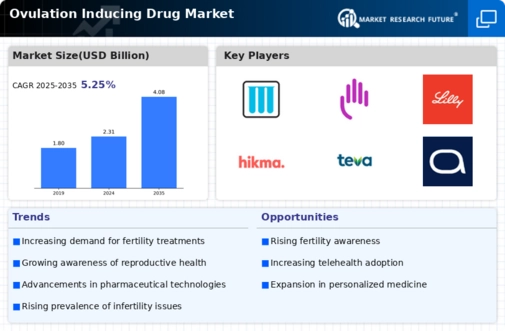
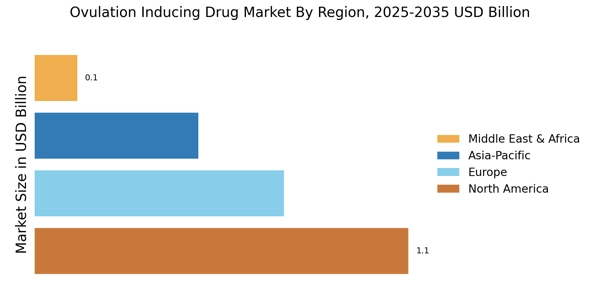


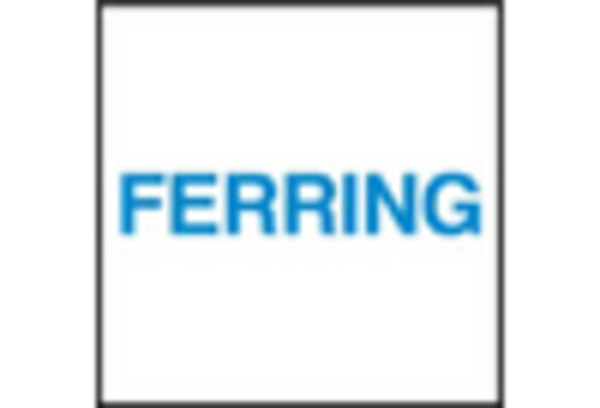
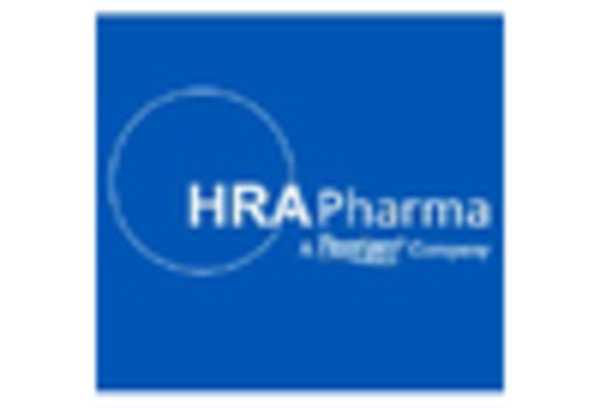

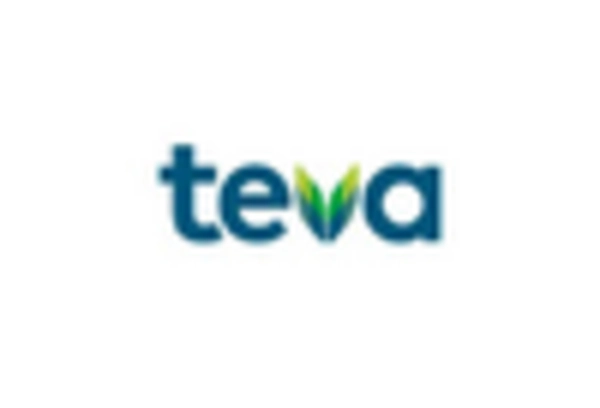








Leave a Comment